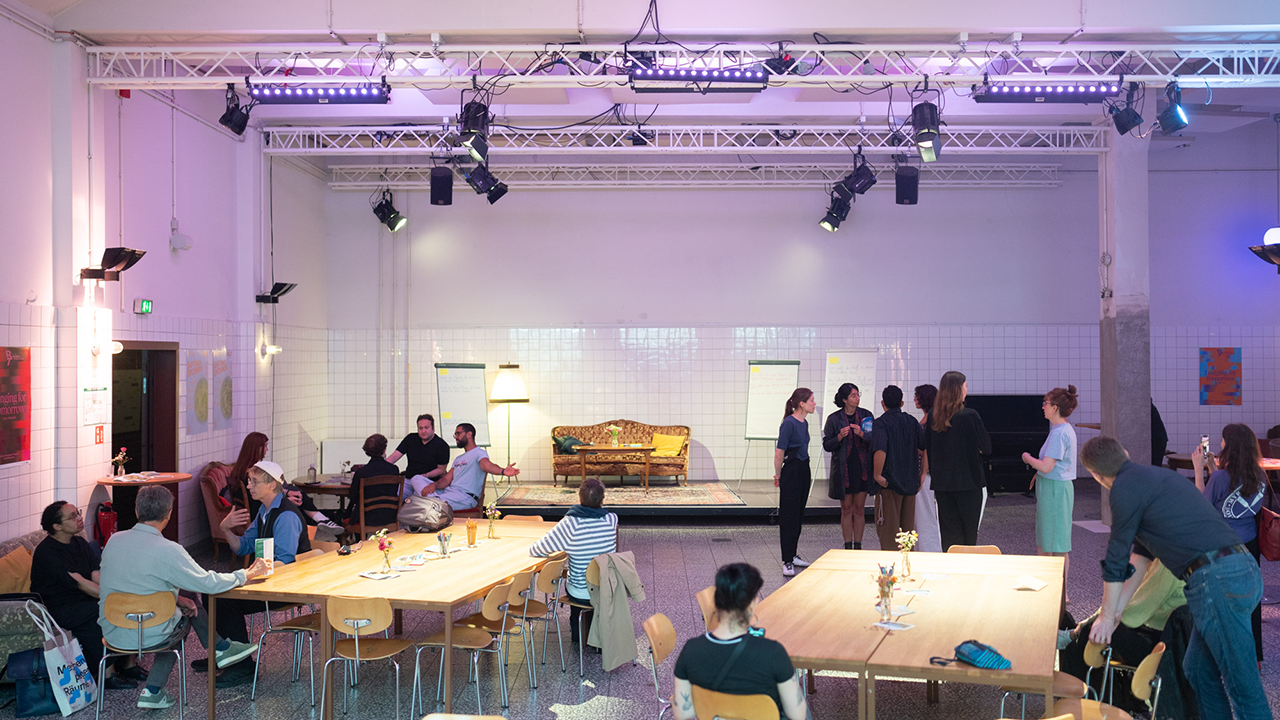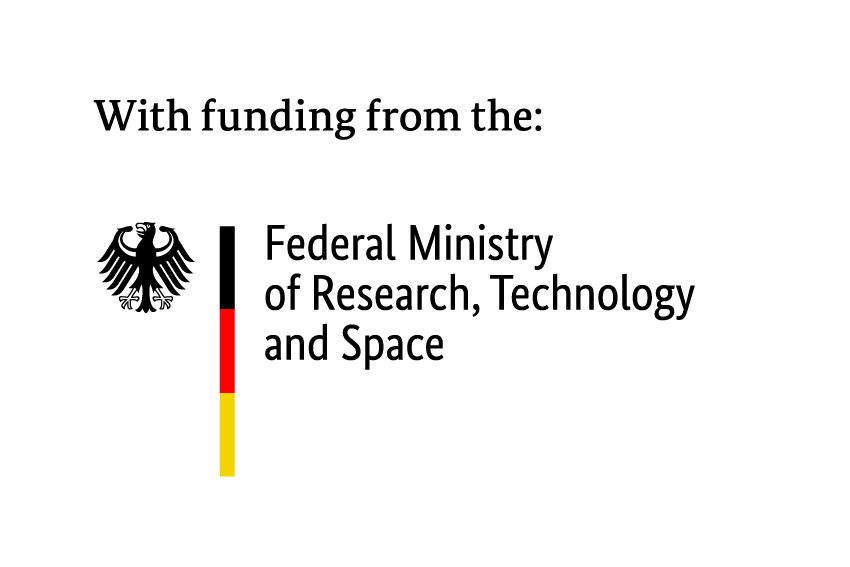ANA MARÍA GUZMÁN
Which chain of work processes are triggered by a click in an app? Whose bodies are thereby set in motion and exposed to any weather conditions? And how do our cities change when work is no longer tied to spaces, but is controlled by an ephemeral architecture of routes, data and likes?
These questions were discussed on June 26, 2025, during the evening event “Hidden Futures. Work – Click and Crowds”, that was jointly organized by the KHK c:o/re and the performance center PACT Zollverein. The evening brought together people who work in the digital economy, in the context of app-based delivery services, logistics platforms, researchers of the care sector managed via apps, and an art collective researching the changes to the city when apps and start-ups take over.
In different formats, the materiality and invisibility of platform-guided work were discussed. The promise of services that can be delivered to the doorstep at any time has become part of everyday life. But at which cost? The event shed light on the precarious working conditions of employees who are becoming invisible through the digital interfaces of major platforms. It also addressed the forms of resistance and solidarity that emerge in the platform economy.
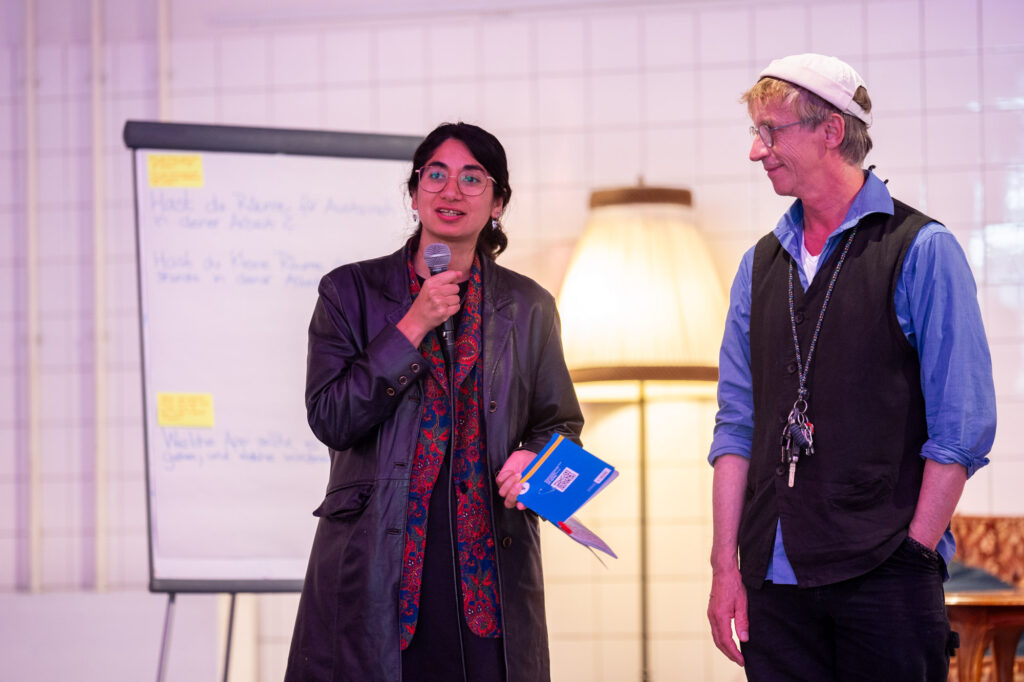
The event kicked off with introductory words by Juliane Beck and Stefan Hilterhaus from PACT Zollverein and Ana María Guzmán, event coordinator at the KHK c:o/re. The evening started by inviting the audience to reflect on the digitalization of work and the experience of the city, and situating them as workers themselves. They were asked to answer questions on three boards, such as: “What is the value of your work?”, “Is there space for resistance at your workplace?” and “How do you perceive the city on your way to work?”.
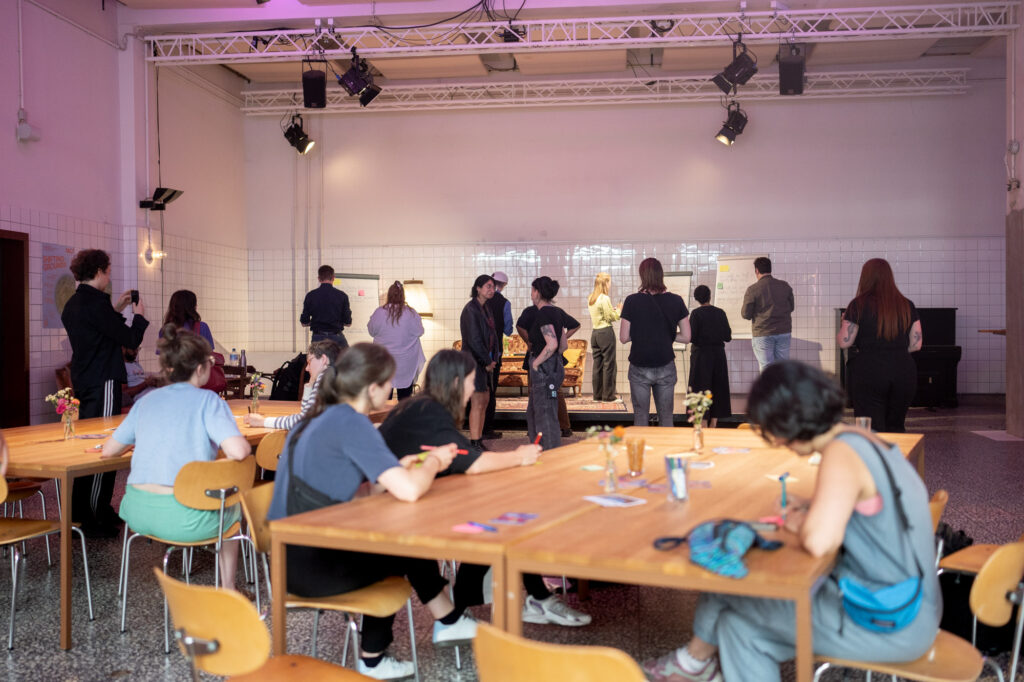
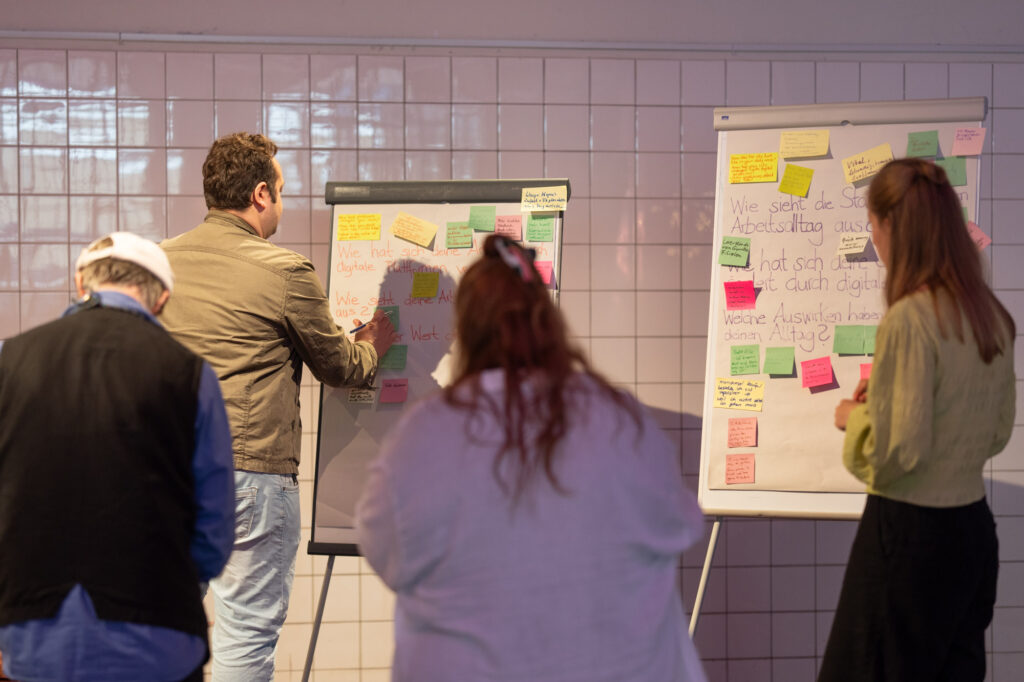
In the following talk, Janne Martha Lentz, research assistant and doctoral candidate at the University of Graz, spoke about the struggles of workers in the cleaning and care sector who are booked through an online platform, as well as the contrast between the public sphere of the internet and the private space of customers’ homes. This sector of the gig economy has specific challenges because it is not publicly regulated and consists mostly of invisible, female, and emotional labor. Unlike delivery service workers, cleaners are on their own when they arrive at strangers’ homes. Online and in other people’s homes, cleaners must deal with unspoken expectations, spatial control, and precarious working conditions. Intermediary platforms deliberately profit from and exacerbate existing inequalities: relationships of trust, personal networks, and responsibility are replaced by digital systems geared toward customer convenience — workers must be available and interchangeable.
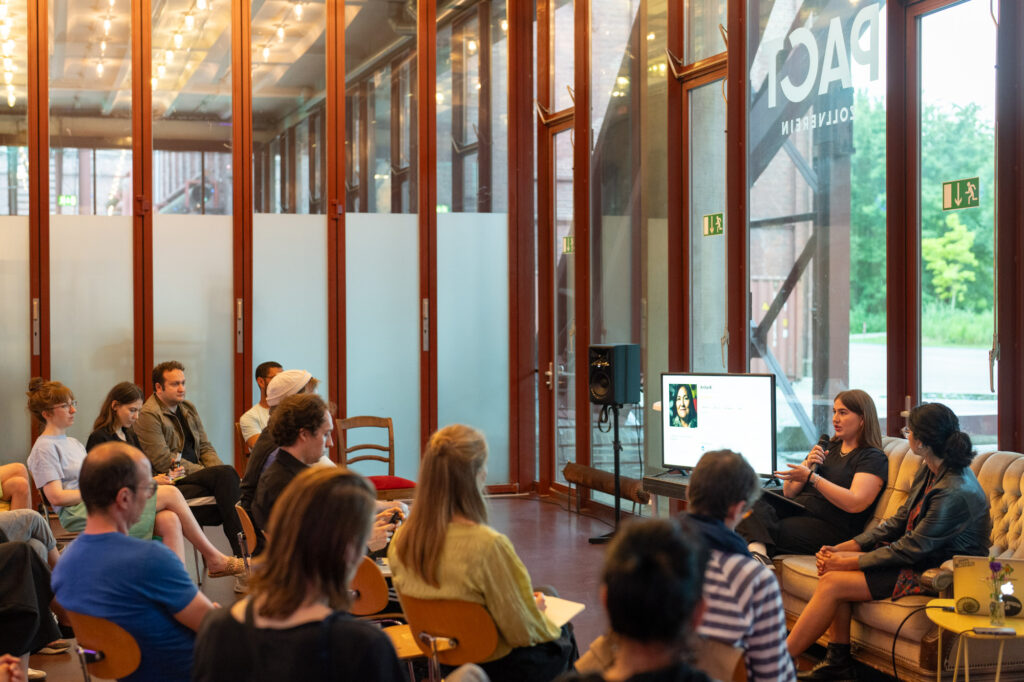
Jochen Becker, author, curator, lecturer and co-founder of metroZones – Center for Urban Affairs introduced their work on “City as Byte”, following the development of the so-called “creative industries” and its impact on cities. In several projects, the Center traces the influence of these industries on the city life through mapping, video, exhibition, or performance. The Center engages in critical urban research and examines current working and urban models. For instance, they have studied how companies like Amazon are altering the geography of cities. They ask if the ongoing expansion of platform economies has led to a new kind of architecture, with endless rows of delivery centers in the urban periphery and headquarters in the center? What is the connection between this topographical change and the reorganization of labor relations?
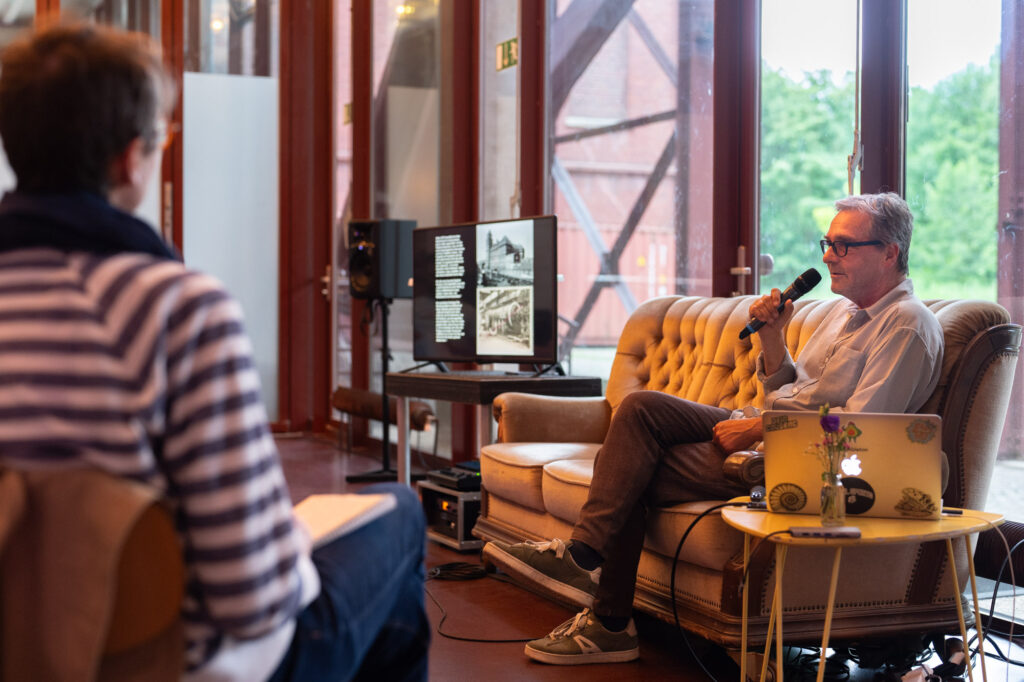
Last but not least followed a presentation by Sebastian Randerath, research associate in Digital Media Culture at the University of Bonn, Hedi Tounsi, council member at Amazon in Winsen (Luhe) and Semih Yalcin, Chairman of the General Works Council at Lieferando. In their lecture performance “How_to_resist.gpx”, they provided insights into everyday and organized resistance in platform-based warehouse and delivery work. They presented possibilities of resistance in working environments that make people disappear behind algorithmic tracking and discussed how solidarity can arise between jobs, apps, and chat groups. Drawing from their experiences working for app-based delivery services and Amazon, they critically shed light on the working conditions of delivery riders and precarious employees at big companies. They also presented a toolbox of different forms of resistance.
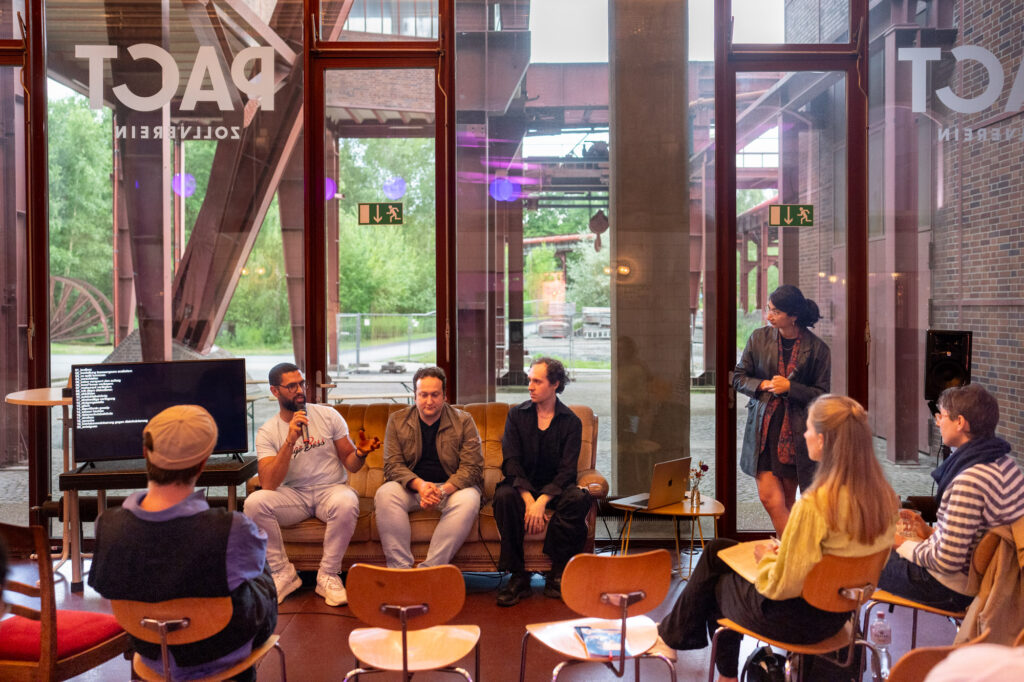
The event ended with an open exchange and a joint dinner, which offered an opportunity to further discuss the invisibility of data-driven work. It raised questions about the potential for emergent forms of resistance and solidarity in digital societies and the future of work. The event was also an opportunity to reflect on the materiality of data and data-driven economies. Data is material and inscribed in infrastructure, roads, cities, and the process of extracting it from bodies and labor.
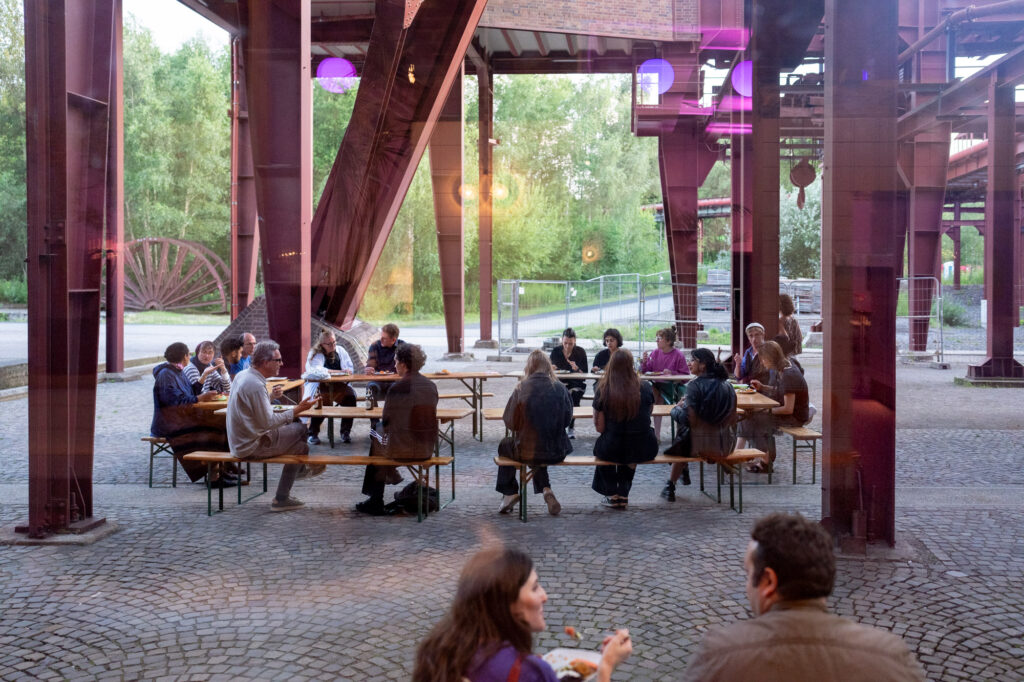
“Work – Clicks And Crowds” marks the start of the new series “Hidden Futures” at PACT, which is developed and organized in cooperation with the KHK c:o/re. The series focuses on the varieties of the future designed by science and technology and brings together social actors, researchers, and artists to generate aesthetic forms of understanding the complexity of digital society. The series explores new research methods to communicate the complexity of digital society together with artistic and research methods. It is part of our artistic research area and of varieties of science. Stay tuned for the next event in the series.
© Photos: Dirk Rose / PACT Zollverein

